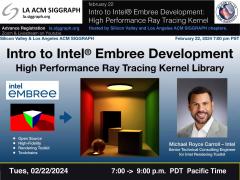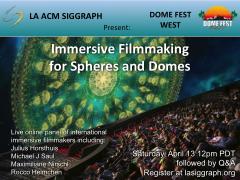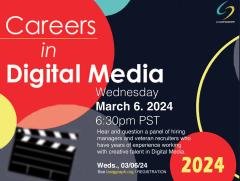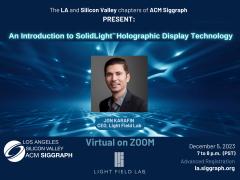
Clayton Campbell is an artist and cultural producer whose practice includes various photo based digital art productions, extensive arts writing, and working as a director and consultant with nonprofit arts organizations. Between 1995 and 2010 he was the Co-Director and Artistic Director of the 18th Street Arts Center in Santa Monica.
Campbell was an early innovator with photo-based technologies including xerox, photostatic printing, and mail art projects. He worked in New York as part of the “pictures generation” and in 1995 he began to work with his first digital cameras and computer graphics software. His digital art, digital photography, and mixed media photo based projects have been exhibited and collected internationally at the Maison Européenne de la Photographie, Paris; WYSPA Institute for Art; Gdansk Poland; International Center of Contemporary Art, Bucharest; Three Shadows Photography Art Center, Beijing; University of Cape Town, South Africa; Unit 24 Gallery, London; Nam Jun Paik Center, South Korea; Higher Bridges Arts Center, Enniskillen, Northern Ireland; Museum of Mobile, Alabama; Los Angeles Museum of Art; The Exploratorium, San Francisco; The International Wrong Biennal; and Loop Virtual Cohort, Miami, among others.
Clayton Campbell and Christian Knudsen began collaborating in 2005 when Campbell photographed, from his computer monitor, the infamous images of tortured Iraqi prisoners by U.S. soldiers at Abu Ghraib prison. Upon downloading the jpgs from his computer, he found they were corrupted. Rather than delete what normally would be viewed as mistakes, Campbell would use these corrupted images as the background layers in a series of new digital photographs he created in photoshop. From this experience using corrupted files as an integral part of the creative picture making process, he and Knudsen collaborated to experiment with how they could intentionally corrupt any jpg file. In 2005, they were in the forefront of the data bending, glitch movement in digital photography, by using disruption as a method of chance and controlled accident in the digital image making process.





